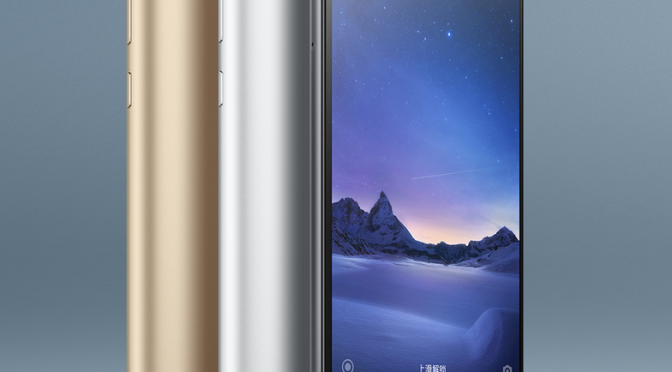Source: https://unix.stackexchange.com/ by Gilles
Start the program xev in a terminal. Move the mouse inside the xev window; you’ll see a lot of stuff scroll by. Press each button in turn. Then switch back to the terminal window and press Ctrl+C. xev shows a description of each input event, in particular ButtonPress and ButtonReleasefor mouse clicks (you’ll also see a number of MotionNotify for mouse movements and other events).
It’s likely that your forward and back buttons are mapped to mouse buttons, maybe buttons 8 and 9:
ButtonPress event, serial 29, synthetic NO, window 0x2e00001,
root 0x105, subw 0x0, time 2889100159, (166,67), root:(1769,98),
state 0x0, button 8, same_screen YES
If that’s the case, remap these buttons to a different action in your browser; or to disable the buttons altogether, put these lines in a file called ~/.Xmodmap:
! Disable buttons 8 and 9
pointer = 1 2 3 4 5 6 7 0 0
Test it with the command xmodmap ~/.Xmodmap. Most desktop environments and window managers run this command automatically when you log in; if yours doesn’t, arrange for it to run when X starts.
It’s also possible that your mouse sends a keyboard event when you press these buttons:
KeyPress event, serial 32, synthetic NO, window 0x2e00001,
root 0x105, subw 0x0, time 2889100963, (957,357), root:(2560,388),
state 0x0, keycode 166 (keysym 0x1008ff26, XF86Back), same_screen YES,
XLookupString gives 0 bytes:
XmbLookupString gives 0 bytes:
XFilterEvent returns: False
In that case, put lines like these in ~/.Xmodmap:
keycode 166 = NoSymbol
keycode 167 = NoSymbolHelpful link: Reprogram mouse buttons



